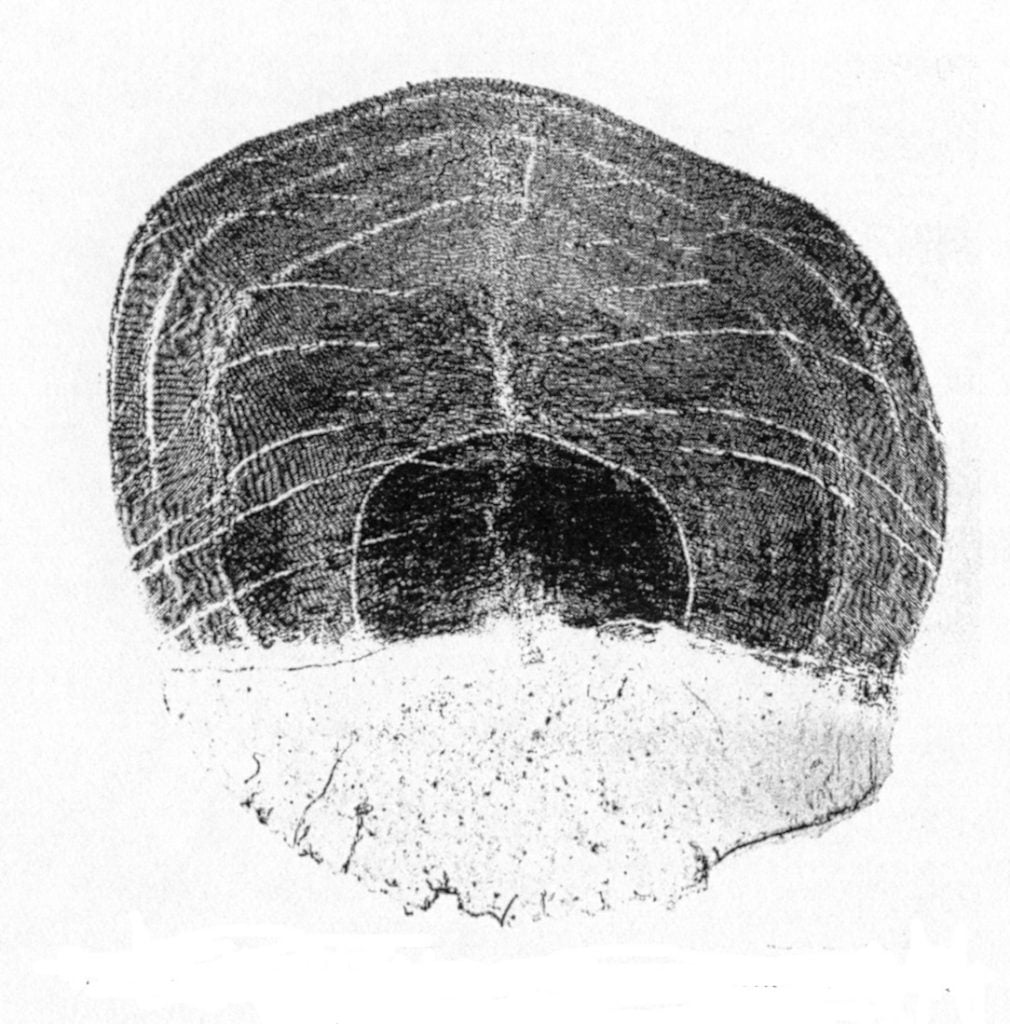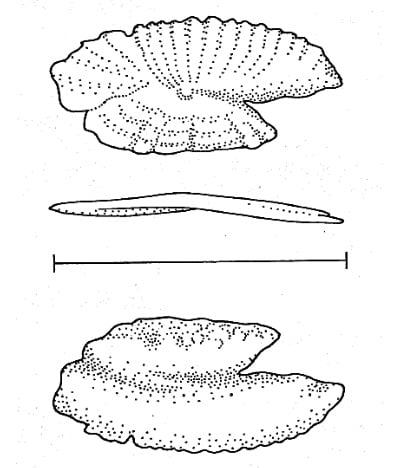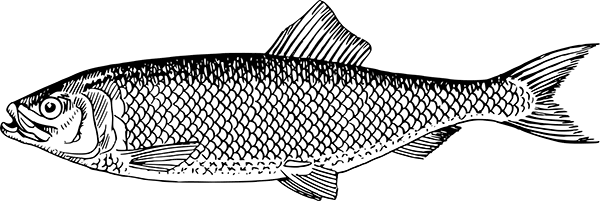On the use of growth rings in either to calculate a herring’s age, together with details of the research pioneers who first used them
OTOLITHS & SCALES
In the study of herring populations, crucial to any attempt at stock management, it is important to be able to identify the ages of the fish being caught in different population groups.
Initially this was done by analysis of scales. More recently it has shifted to the otolith – an ear stone formed from calcium carbonate, common to all vertebrates, which allows the perception of horizontal and vertical acceleration.
Both scales and otoliths have annual growth rings, but not all fish have scales. This probably accounts for the movement of fish scientists towards the otolith.
According to William Hodgson in The Herring & Its Fishery (1957), the founder of modern herring investigation from the scales was the Norwegian Einar Lea (1887 – 1969):
So intimate was his knowledge of the scales of the herring that he was able to tell almost at a glance from which part of the north European waters a herring had come, if he were in possession of its scale.

This impressive party trick of herring identification is based on annual growth rings on each scale and their relation to a thicker ring representing the growth-check that comes with maturity.
The Swedish Zoologist FA Smitt (1839 – 1904) had actually been the first to associate fish age with the rings on the scales. A Norwegian team, led by Prof. Johan Hjort (1869 – 1948) and including Lea and others, pioneered scale research in the years leading up to the First World War. Lea took the studies forward in the twenties and thirties. As Hodgson explains:
The scale can also be used to study the growth of the herring, for it has been found that it grows at approximately the same proportional rate as the fish itself, so that if a herring is 25 centimetres long and has five rings (including the edge), the length of the fish at the time of the formation of each ring can be calculated, using the following equation:
l1 = Lv1
VWhere L is the length of the herring, V is the length of the striated portion of the scale, v1 the length of the scale up to the first winter ring, and l1 the length of the fish at the end of its first year.
If you have a microscope and manage to purchase an unscaled herring from your local fishmonger and you could try all this at home. Hodgson gives detailed instructions on the use of an “Anglepoise” type lamp and the lighting of the microscope field.
From a ring counter’s point of view, the best scales come from a position just above the pectoral fins and immediately above the lateral line.

Hodgson records the first use of otoliths or earstones, to determine the age of plaice, as by Hoffbauer and Reibisch in 1899. Einarsson advanced the herring otolith cause considerably in the early 1950s. In common with other finned fish, herrings have two bilaterally symmetrical, sagittal otoliths.
In the late 1950s Postuma and Zijlstra took things further, finding that the spawning season of a herring could be identified by the size of the sagittal otolith’s nucleus.
I must confess, I haven’t got round to trying any of this myself.
